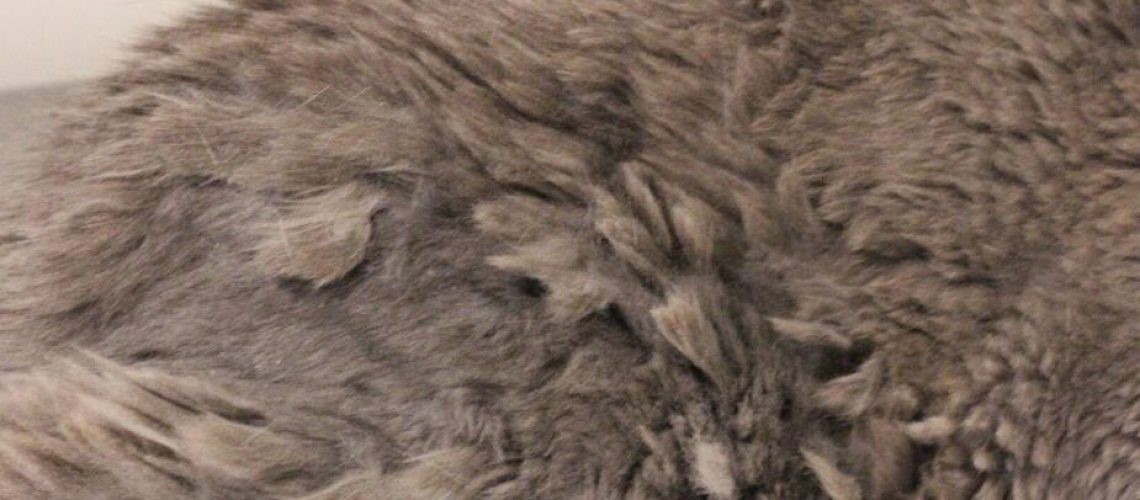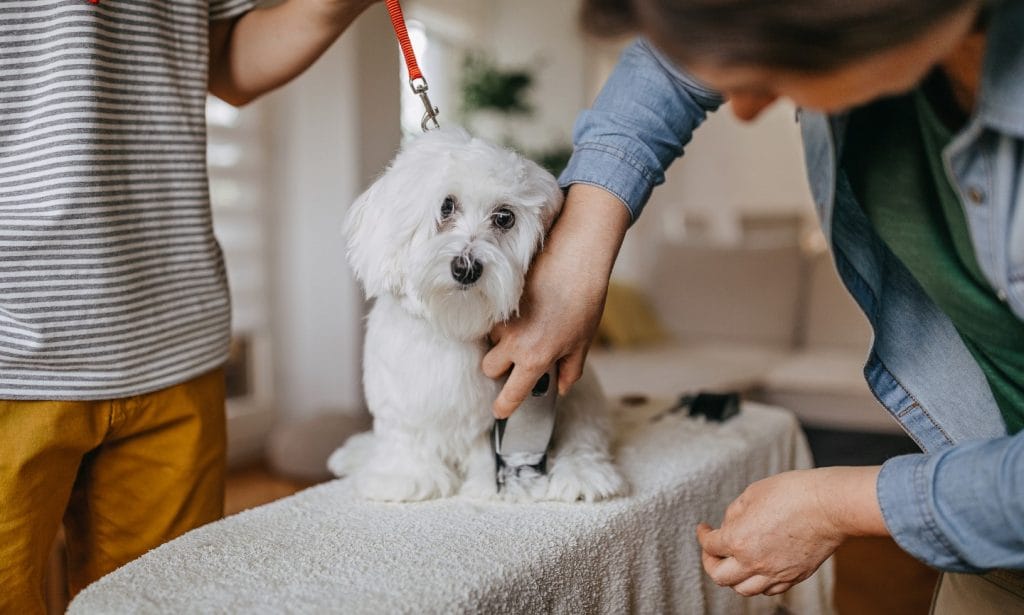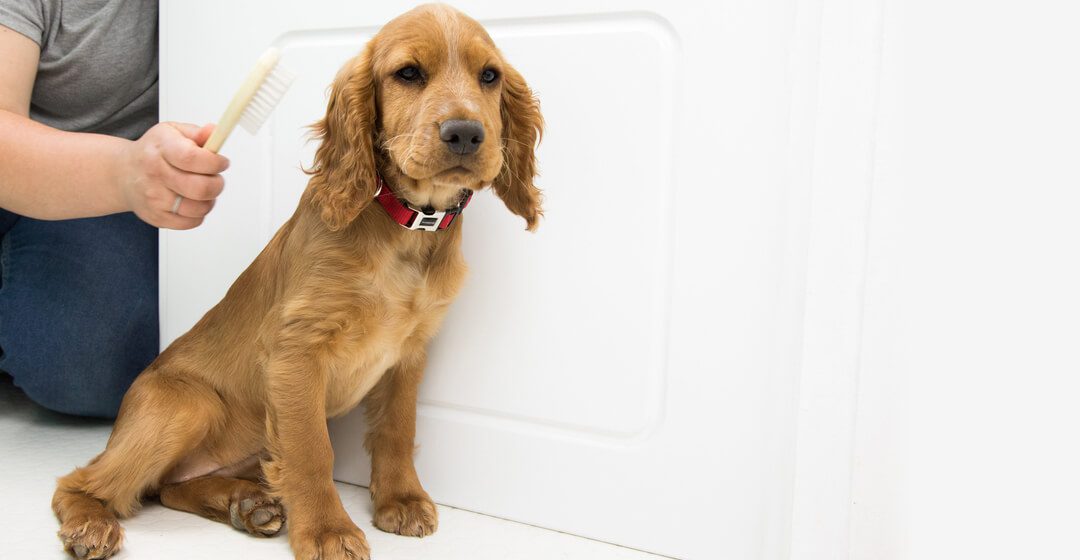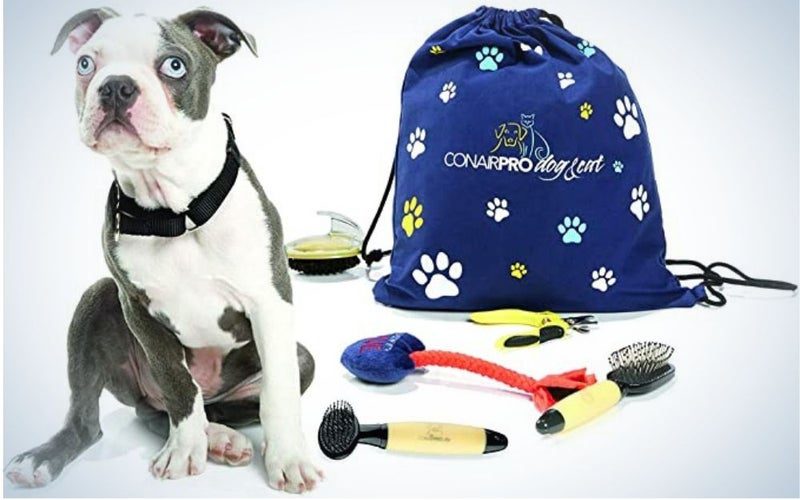Discover the dangers of mats in cat fur! Learn why they form and how they can harm your furry friend's health. Find out what causes matting and the impact it has on cats' well-being.
Key Takeaways:
- Regular brushing is essential to prevent mats from forming in your cat's fur.
- Use a detangling spray or conditioner to make it easier to comb out mats.
- Start by gently teasing apart the mat with your fingers before using a comb or brush.
- If the mat is too tight, consider using blunt-ended scissors to carefully cut it out. Be cautious not to cut your cat's skin.
- Seek professional help if you are unable to remove the mats yourself or if they are causing discomfort for your cat.
What are mats in cat fur and why do they form?
Mats in cat fur are tangled clumps of hair that can form when loose hairs become trapped and intertwined. They usually occur in areas where there is friction or moisture, such as behind the ears, under the armpits, or along the belly. Mats can also form if a cat's fur is not regularly groomed or if the cat has a long or thick coat.
There are several reasons why mats form in a cat's fur. One reason is that cats naturally shed their hair, and if the loose hairs are not removed through grooming, they can become tangled and form mats. Another reason is that cats have a tendency to groom themselves by licking their fur, which can sometimes cause the hairs to become matted. Additionally, mats can develop if a cat gets wet and then dries without being properly brushed.
Common Causes of Matting in Cat Fur:
- Lack of regular grooming
- Long or thick coat
- Poor nutrition leading to dry or brittle hair
- Cat's inability to groom themselves due to age or health issues
- Frequent exposure to moisture
The Impact of Matting on Cats:
Mats in a cat's fur can be harmful to their health if left untreated. They can cause discomfort and pain for the cat, as the mats pull on their skin and may even restrict their movement. Mats also create an environment where parasites like fleas can thrive, leading to further irritation and potential health problems for the cat.
In addition, mats can prevent air circulation around the skin, making it difficult for the skin to breathe and potentially causing skin infections. Mats can also hide underlying skin conditions or wounds, making it harder for owners to detect and treat these issues.
How can mats in cat fur be harmful to a cat's health?
Mats in a cat's fur can be more than just unsightly - they can actually pose serious risks to a cat's health. When mats form, they create tight tangles of hair that can pull on the skin and cause discomfort or pain for the cat. This constant pulling can lead to skin irritation, inflammation, and even open sores or wounds. Additionally, mats can trap moisture against the skin, creating a breeding ground for bacteria and fungi that can cause infections.
Furthermore, mats can restrict a cat's movement and range of motion. Cats rely on their agility and flexibility to groom themselves properly, but when their fur is matted, it becomes difficult for them to reach certain areas of their body. This can lead to poor hygiene and an increased risk of other health issues such as urinary tract infections or digestive problems if they ingest hair while grooming.
Potential Health Risks Associated with Mats in Cat Fur:
- Skin irritation and inflammation
- Open sores or wounds
- Bacterial or fungal infections
- Restricted movement and range of motion
- Poor hygiene leading to other health issues
Preventing Mat-Related Health Problems:
The best way to protect your cat from the potential health risks associated with mats is by regularly grooming them and preventing matting from occurring in the first place. By establishing a grooming routine and using gentle brushing techniques, you can keep your cat's fur healthy and mat-free.
Tools and supplies needed to safely remove mats from your cat's fur
To safely remove mats from your cat's fur, you will need a few essential tools and supplies. These items will help make the process easier and less stressful for both you and your cat.
Essential Tools for Mat Removal:
- Wide-toothed comb or mat splitter
- Slicker brush
- Grooming scissors with rounded tips
- Pet-safe detangling spray or conditioner
- Treats or rewards for positive reinforcement
Choosing the Right Tools:
When selecting tools for mat removal, it's important to choose ones specifically designed for cats. Avoid using human grooming tools as they may not be suitable for a cat's delicate skin and fur. Look for combs and brushes with gentle bristles or teeth that won't cause additional discomfort or pain.
Additionally, always opt for grooming scissors with rounded tips to minimize the risk of accidentally injuring your cat while cutting through mats. The pet-safe detangling spray or conditioner can help soften the mats, making them easier to remove without causing excessive pulling or tugging on your cat's fur.
Remember, patience and a calm approach are key when removing mats from your cat's fur.
Tips for preventing matting in your cat's fur
Mats in a cat's fur can be uncomfortable and even painful for them, so it's important to take steps to prevent matting from occurring. Here are some tips to help keep your cat's fur mat-free:
Regular brushing
One of the best ways to prevent mats is by regularly brushing your cat's fur. Use a brush or comb that is specifically designed for cats, and gently work through their fur, paying extra attention to areas prone to matting such as behind the ears and under the armpits. Aim to brush your cat at least once a week, or more frequently if they have long hair.
Diet and hydration
A healthy diet can contribute to the overall condition of your cat's coat, making it less prone to matting. Ensure that your cat is receiving a balanced diet with high-quality protein sources. Additionally, make sure they have access to fresh water at all times, as dehydration can lead to dry and tangled fur.
Frequent grooming sessions
In addition to regular brushing, consider incorporating other grooming techniques into your routine. This can include using a detangling spray or conditioner specifically formulated for cats, which can help prevent tangles and mats from forming. You may also want to trim any long hair around sensitive areas such as the anus or genitals, as this can reduce the likelihood of feces or urine becoming trapped in the fur and causing mats.
Gentle brushing techniques to prevent matting in your cat's fur
When it comes to brushing your cat's fur, it's important to use gentle techniques that minimize discomfort or stress for both you and your feline friend. Here are some tips on how to brush your cat without causing matting or pain:
Start with a calm environment
Find a quiet and comfortable space where you and your cat can relax during the grooming session. Minimize distractions and ensure that your cat feels safe and secure before beginning the brushing process.
Use the right tools
Invest in high-quality brushes or combs that are specifically designed for cats. Look for options with soft bristles or teeth to avoid scratching their skin. If your cat has long hair, consider using a wide-toothed comb to gently work through any tangles or mats.
Take it slow
Start by gently petting your cat's fur to help them relax and get accustomed to the sensation of being brushed. Gradually introduce the brush or comb, using slow and gentle strokes in the direction of hair growth. Be patient and take breaks if needed, especially if your cat becomes anxious or uncomfortable.

Approaching a cat with mats in their fur without causing pain or stress
If your cat already has mats in their fur, it's important to approach them with care to avoid causing any pain or stress. Here are some tips on how to handle a cat with mats:
Create a positive association
Before attempting to remove the mats, spend some time bonding with your cat through play or treats. This will help create a positive association with grooming sessions and make them more cooperative.
Use distraction techniques
If your cat is particularly sensitive or anxious about having their mats removed, try distracting them with toys or treats while you work on gently loosening the mats. This can help redirect their attention and make the process less stressful for both of you.
Patience and breaks
Removing mats can be a time-consuming process, so it's important to be patient and take breaks if needed. If your cat becomes too stressed or agitated, give them some time to relax before continuing. It's better to approach the task gradually than to rush and cause discomfort.
Home remedies and natural solutions to loosen mats in cat fur
If you prefer using natural solutions to loosen mats in your cat's fur, there are a few options you can try:
Coconut oil
Apply a small amount of coconut oil to the mat and gently work it through with your fingers or a comb. The oil helps lubricate the hair strands, making it easier to untangle the mat without causing pain.
Cornstarch or baby powder
Sprinkle some cornstarch or baby powder onto the mat and use your fingers or a comb to work it through. This can help absorb excess oils and make the hair less sticky, allowing you to separate the tangled strands more easily.
Vinegar solution
Mix equal parts water and vinegar in a spray bottle and spritz it onto the mat. Let it sit for a few minutes before gently working through the tangles with your fingers or a comb. The acidity of vinegar can help soften the hair and make it easier to detangle.
Safely removing mats from your cat's fur step-by-step
To safely remove mats from your cat's fur, follow these step-by-step instructions:
Gather necessary tools
Before starting, gather all the tools you'll need such as a wide-toothed comb, grooming scissors with rounded tips, detangling spray (if desired), and treats to reward your cat's cooperation.
Assess the mats
Carefully examine the mats in your cat's fur to determine their size and severity. This will help you decide on the best approach for removal.
Loosen the mats
If the mats are not too tight, use your fingers or a wide-toothed comb to gently separate the tangled hair strands. Start from the edges of the mat and work your way inward, being careful not to pull or tug on the fur.
Trim if necessary
If the mats are too tight or cannot be loosened without causing discomfort, consider using grooming scissors with rounded tips to carefully trim away small sections of the mat. Take extra caution to avoid cutting your cat's skin.
Reward and soothe
Throughout the process, offer treats and praise to reward your cat for their cooperation. If they become stressed or agitated, take breaks and provide gentle reassurance before continuing.
Grooming steps after removing mats to keep your cat's fur healthy and mat-free
Once you have successfully removed mats from your cat's fur, it's important to establish a grooming routine that helps maintain their coat health and prevent future matting. Here are some steps you can follow:
Regular brushing
Continue brushing your cat's fur regularly, aiming for at least once a week or more frequently if they have long hair. This will help prevent new tangles or mats from forming.
Bathing when necessary
If your cat tolerates baths well, consider giving them occasional baths using a gentle cat-specific shampoo. This can help keep their fur clean and reduce oil buildup that can contribute to matting.
Trimming and grooming sessions
Incorporate regular trimming sessions into your routine, focusing on areas prone to matting such as the armpits, behind the ears, and around the anus. Use grooming scissors with rounded tips to carefully trim any long or tangled hair.
Professional grooming
If you find it challenging to maintain your cat's coat on your own, consider scheduling regular visits to a professional groomer. They have the expertise and tools necessary to keep your cat's fur healthy and mat-free.
| Conclusion: |
| Don't let matted fur cause discomfort for your feline friend. By following these simple steps and using the right tools, you can painlessly remove mats from your cat's fur, improving their overall well-being and keeping them happy and healthy. Remember to be patient and gentle throughout the process, rewarding your cat with treats and praise for their cooperation. With a little effort, you can keep your cat's coat mat-free and maintain a strong bond with your furry companion. |
How do you get mats out of cat fur without shaving?
If your cat's fur becomes tangled, you can attempt to remove the tangles by using your fingers or a specialized tool called a mat breaker. Mat breakers are smaller than regular grooming brushes and can sometimes untangle mild mats. However, it is important to be gentle and avoid causing your cat any discomfort or stress during the process.
Is it bad to shave a matted cat?
If your cat has tangled fur or any other issue that you believe may require shaving, it is best to seek assistance from a professional groomer or your veterinarian. It is not advisable to shave your cat at home for multiple reasons. Cats are typically not cooperative and calm, particularly when faced with noisy clippers.
Does removing matted fur hurt cats?
Indeed, it tugs on their sensitive skin, which is why it is crucial to regularly groom a long-haired cat to prevent the formation of mats. Once mats reach the skin, they cannot be untangled with a comb and need to be either clipped or shaved.
Can matted fur cause sores in cats?
Cats should not have mats in their fur as it can cause discomfort, sores, infections, and even be fatal.
What can you do for a severely matted cat?
There are two methods for safely removing mats from a pet's fur: combing them out completely or using professional pet clippers to shave them off. This information was last updated on April 17, 2020.
Is it OK to cut matted fur?
If you only have one or a few mats, you can remove them by cutting them out. Unless your dog will be participating in a competition, it is acceptable to simply cut the mat out. Gently pull the mat away from the skin so that you can see the skin, and then slowly cut away the tangled hair using the thicker part of the scissors, not the tips.

















